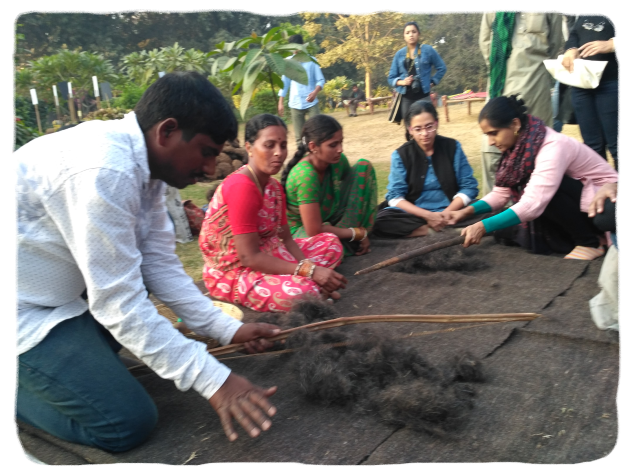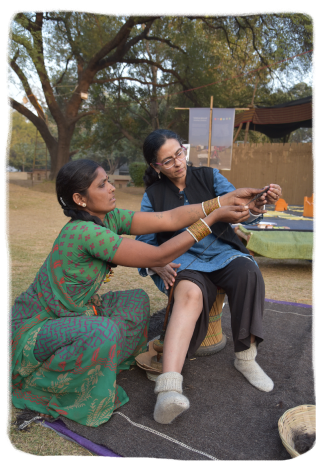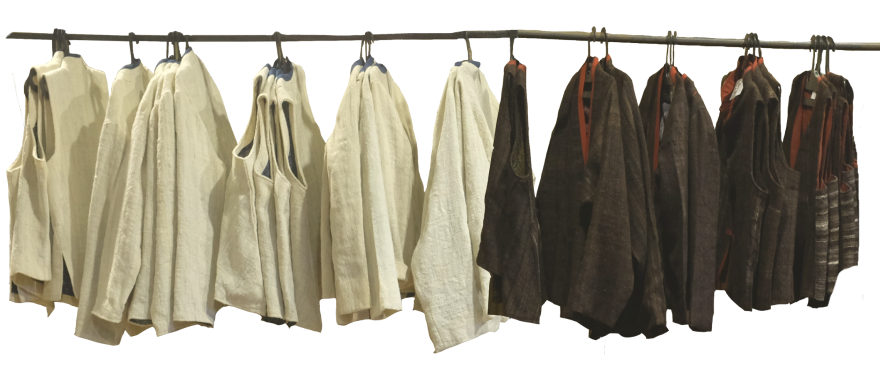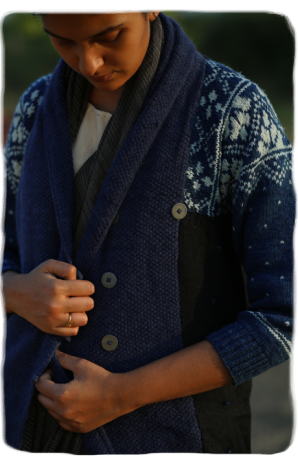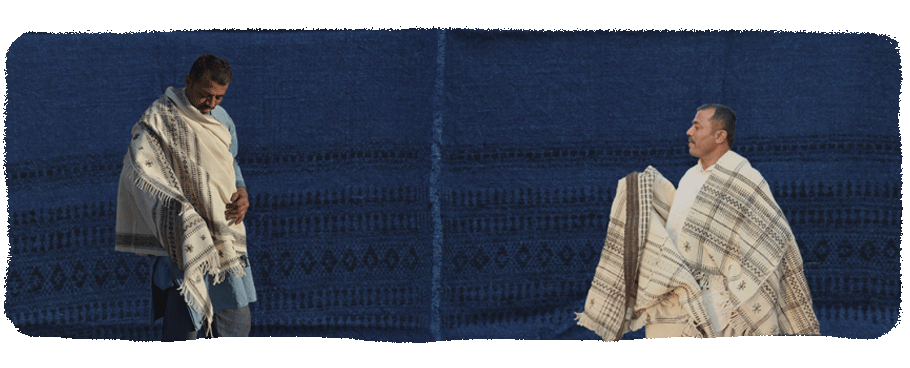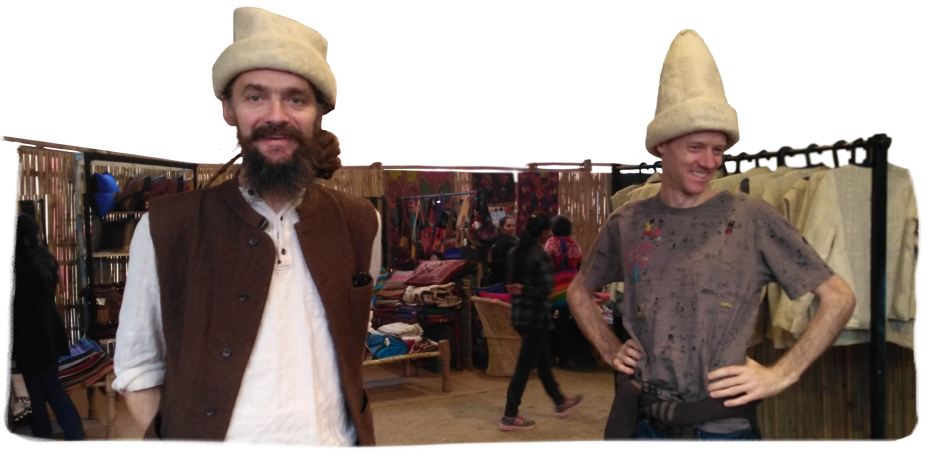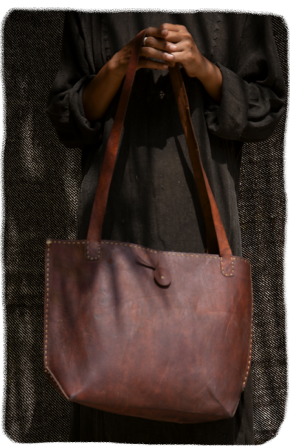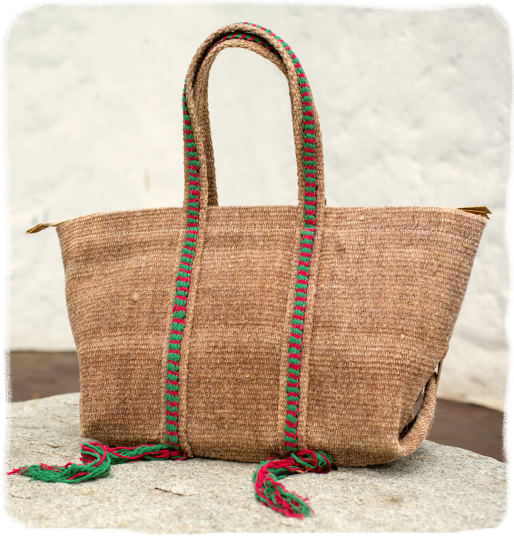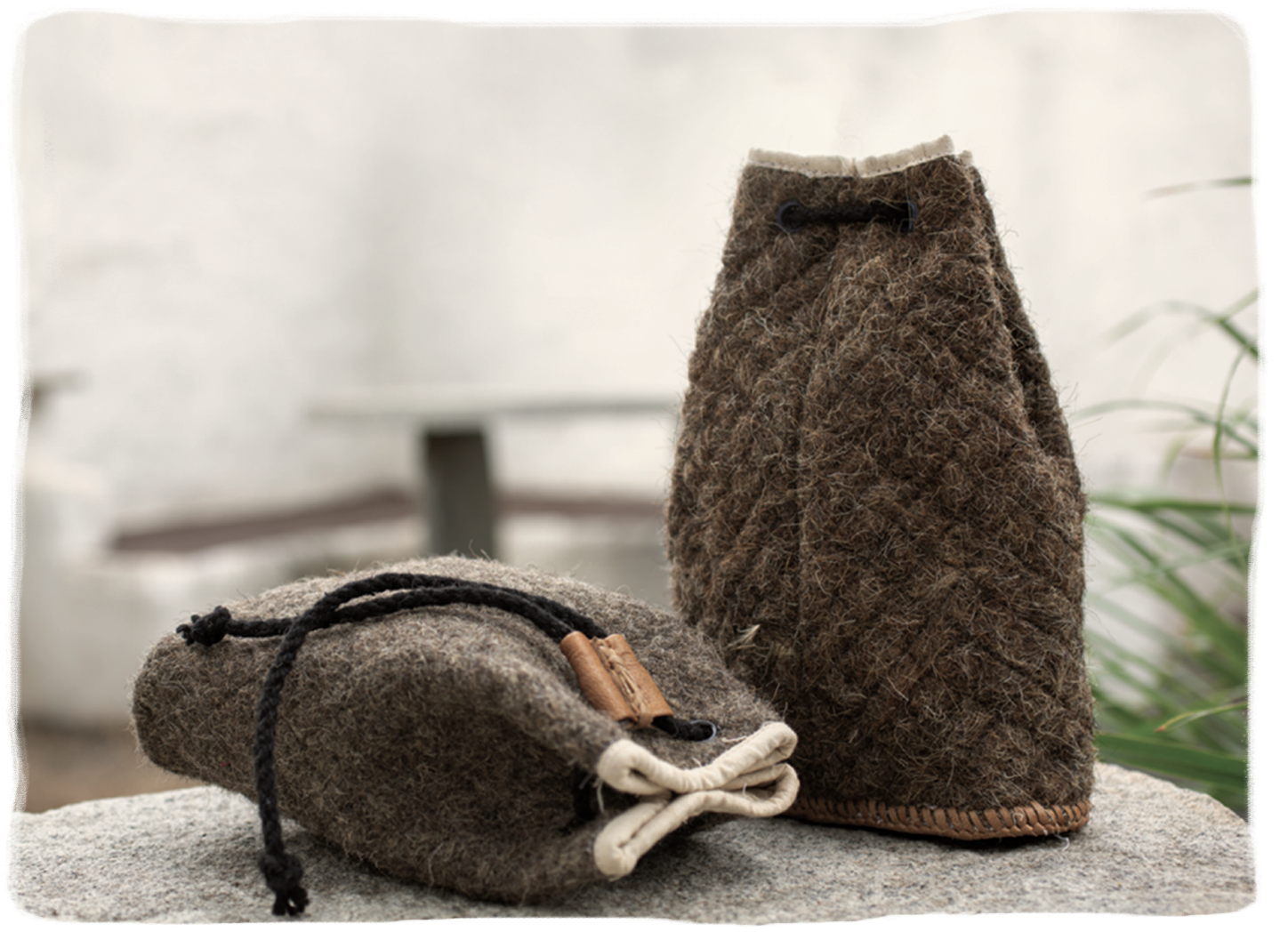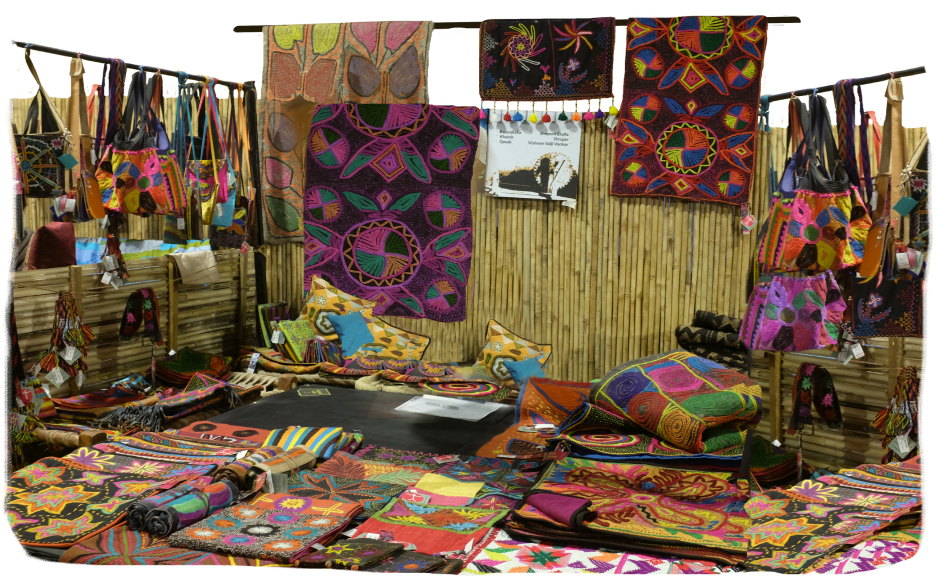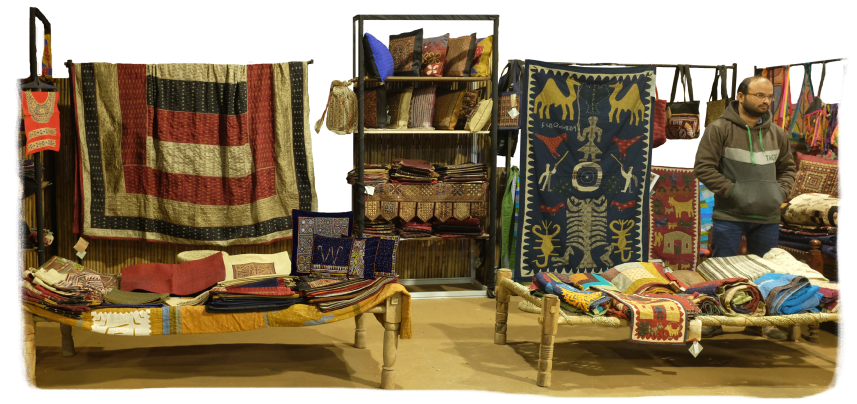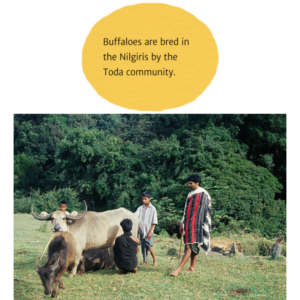Exhibitions & Events
Sanjha Bazaar
Sanjha is something that is shared, common to all. Sanjha is a space that brings a diverse set of people – people of different geographies, cultural backgrounds, and craft skills – together. Sanjha Bazaar, at Living Lightly Exhibition, becomes a marketplace that brings the pastoral crafts of India. It brings colour, chaos and brio of a bazaar while also being an open stage for visitors to connect with the lifestyle, life world and habitats of the pastoralists through curated product sales and personal interactions with artisans. This bazaar celebrates the natural skins and fibres of camels, sheeps, goats and yaks, bred and herded by our pastoralists and showcases handcrafted processes and products from several regions and organizations working with pastoral crafts.
Craft Workshops
Lacquer, Leather and Braiding workshops at LL Delhi
Spinning and Embroidery workshops at Living Lightly
Bazaar
Crafts from the Pastoral Commons
Jackets and Phirans
Khamir developed a range of desi oon phiran and jackets for the exhibition. This range was developed by the well known Archana Shah.
Ezar Pants
Knitted Woolens
Shawls

Gongadis | Blankets
DGMPS and Mitan, organizations based in Telangana and Karnataka respectively, presented a collection of handspun and handwoven Gongadi rugs and shawls – each marked by a striking Kada.

Leather Bags
Khamir produced a range of bags made of goat and sheep leather. The collection played on the handstitching skills of Kutchi Meghwal leather artisans and the inconsistencies of locally tanned leather to achieve a look that was appreciated by many.
The bags were also based on the ethos of pastoral people, and used folding and stitching rather than cutting.

Shoes

Accessories
Mitan developed a range of accessories including pouches, belts, bags of goat and sheep leather.
Products inspired by Pastoral Produce
Camel Dung paper : Camel Charisma brought a special thick paper from the dung og Kumbhalgarh camels. This paper, composed of the fibre and seeds of about 36 different types of plants, shrubs and grasses, had a lot of character and it showed in its ruggesd texture! And best of all-no tree had to be cut to produce the paper.
Camel milk soap
Camel Charisma also presented
handmade from pure camel milk and
coconut oil with splashes of various
scents. The soaps, enriched with the
goodness of valuable Alpha-Hydroxy
acids from camel milk, proved to be
a popular purchase!

Pastoral Embroideries
Rabari Pastoral bags
Rabari pastoral men move around their bags as they graze their herds. A range of different shapes and sizes of bags carry their water bottles, tea leaves, sugar, and other knick knacks! These bags are embroidered expertly by the women of the household without fail.
Qasab developed Rabari pastoral bags drawing inspiration from the everyday yet unusual bags of the Rabari herders.
This collection presented embroideries from lands around Sindh









